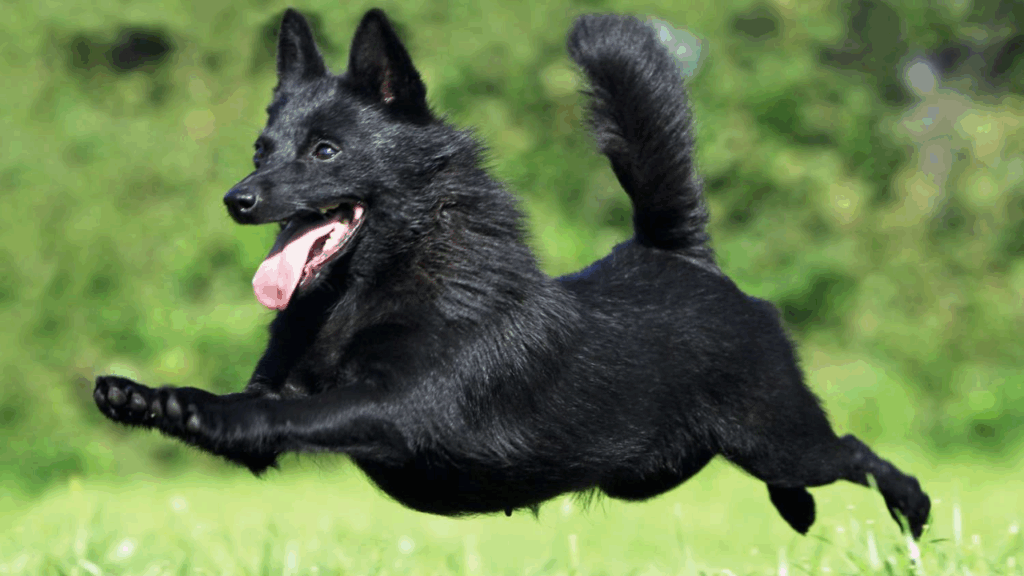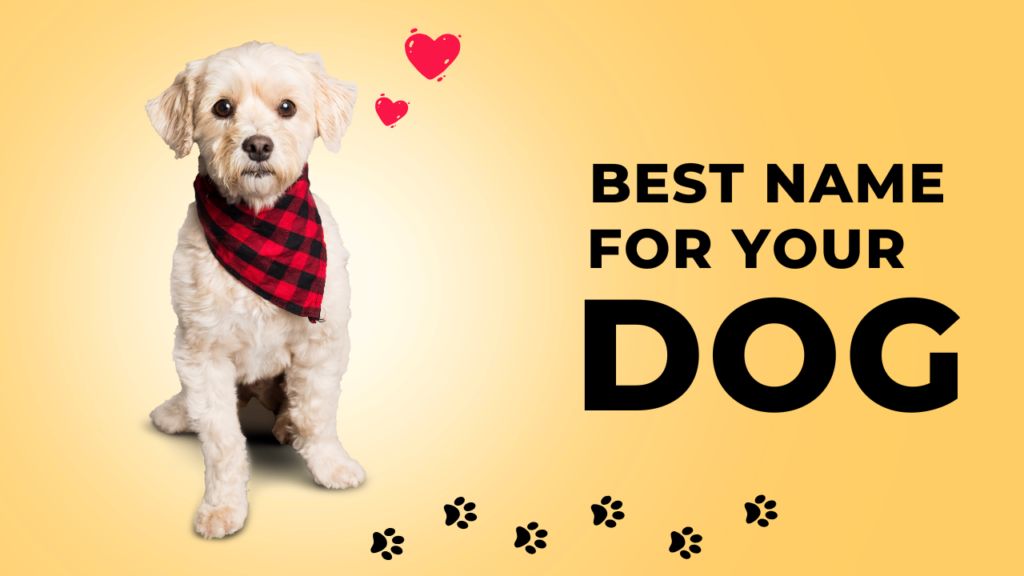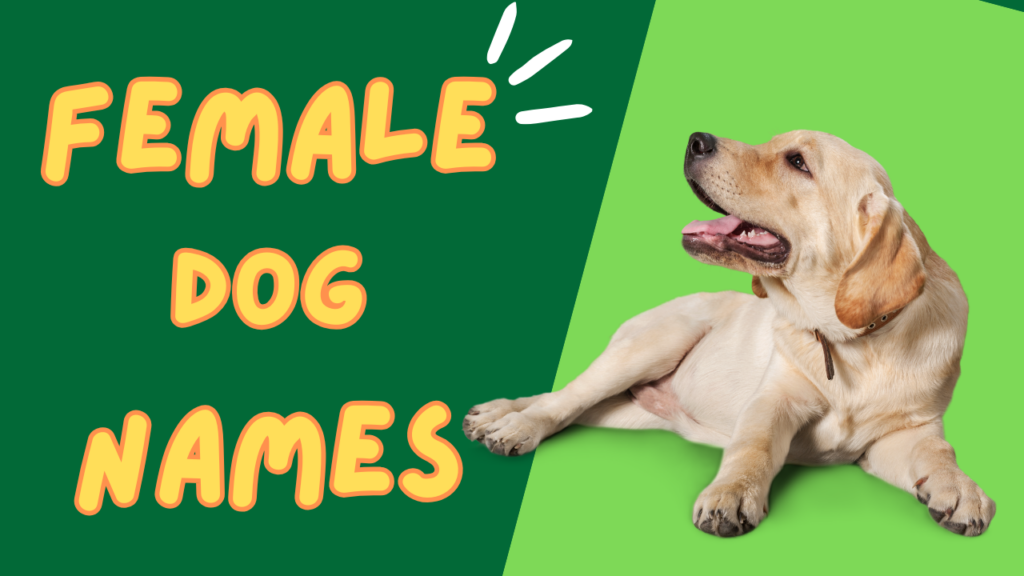The Schipperke is a small yet sturdy breed that packs a bold spirit, boundless energy, and a captivating appearance into a compact body. Hailing from Belgium, the Schipperke (pronounced “SKIP-er-kee”) has a long history as a canal boat watchdog, earning its nickname “Little Captain.” Despite its small size, this breed possesses a big personality, full of curiosity, confidence, and unwavering loyalty.
Origins and History
The Schipperke has deep roots in Belgium, dating back to the 1600s, and is believed to have descended from the Leuvenaar, a black shepherd dog once common in the region. Though closely related to the Belgian Sheepdog, the Schipperke evolved as a distinct breed, tailored for life aboard the barges that navigated the canals of Brussels and other European waterways.
These little dogs served as ratters, guards, and loyal companions to the boatmen. The name “Schipperke” loosely translates to “little boatman” or “little captain” in Flemish, a tribute to their maritime roles.
The breed gained popularity outside Belgium in the late 19th century, especially in England and the United States, where it was admired for its intelligence and fox-like looks.
Physical Characteristics
The Schipperke is a small, square-proportioned dog, typically weighing between 10 to 16 pounds and standing about 10 to 13 inches tall at the shoulder. Despite its size, the Schipperke has a robust and muscular build that reflects its working-dog background.
Key physical features include:
- Coat: A dense double coat that forms a distinct ruff around the neck and shoulders, giving the Schipperke a lion-like appearance.
- Color: Always solid black, which adds to its sharp silhouette.
- Head: Fox-like, with a pointed muzzle and alert, erect ears.
- Tail: Many Schipperkes are born tailless or with a very short tail, though some may have full tails that curl upward.
Their sharp, intelligent expression and prancing gait make them stand out in any setting.
Temperament and Personality
Schipperkes are known for their bold, lively, and curious temperament. They are affectionate with their families and often form strong bonds with one or two people in particular.
Key personality traits include:
- Alert and watchful: True to their heritage, Schipperkes make excellent watchdogs. They are quick to alert their owners to anything unusual.
- Energetic and playful: Always ready for action, these dogs love to play and explore.
- Independent but loyal: They enjoy being around their people but also have a strong independent streak.
- Smart and trainable: Schipperkes are intelligent, but their stubborn nature means consistent, positive training is essential.
While loyal and affectionate with family, Schipperkes can be aloof or wary around strangers and may not be the best match for households with very young children unless properly socialized.
Exercise and Activity Needs
Don’t be fooled by their small stature—Schipperkes are high-energy dogs that require regular exercise and mental stimulation.
Ideal activities include:
- Daily walks or jogs
- Interactive toys and puzzle feeders
- Agility or obedience training
- Free play in a secure yard
Their natural curiosity makes them escape artists, so secure fencing is a must. Boredom can lead to barking or mischief, so it’s important to keep their minds and bodies engaged.
Grooming and Care
The Schipperke’s coat is relatively easy to maintain, though it does require regular brushing to manage shedding—especially during seasonal changes when they blow their undercoat.
Grooming tips:
- Brush 2–3 times per week to keep the coat healthy and reduce loose fur.
- Bathe occasionally, only when needed.
- Check ears, teeth, and nails weekly to maintain overall health.
Despite their thick coats, Schipperkes are quite clean and don’t carry much odor.
Health and Lifespan
Schipperkes are generally healthy and hardy dogs. Their average lifespan ranges from 13 to 15 years, with some living even longer with proper care.
Common health concerns may include:
- Luxating patella (knee cap dislocation)
- Legg-Calve-Perthes disease (hip joint issue in young dogs)
- Hypothyroidism
- Progressive retinal atrophy (PRA), a degenerative eye condition
Responsible breeders screen for genetic conditions, so it’s important to acquire a Schipperke from a reputable source.
Is the Schipperke Right for You?
The Schipperke can be a wonderful addition to the right household. This breed thrives in homes that can match its energy and offer plenty of engagement. It may be ideal for:
- Active singles or couples
- Families with older children
- Owners seeking a small but protective watchdog
- Those who appreciate independent, intelligent breeds
However, Schipperkes may not be the best choice for those seeking a laid-back lapdog or for first-time owners unprepared for their high energy and stubborn streak.
Conclusion
The Schipperke is a lively, intelligent, and loyal companion, packed with personality and always ready for an adventure. Whether patrolling your home like it once did the canals of Belgium or showing off in dog sports, the Schipperke brings joy, charm, and a bit of mischief wherever it goes. With the right training, socialization, and affection, this “Little Captain” will sail smoothly as a beloved member of the family.

Andy Parker is a dog lover, writer, and senior editor at BarkPicks. With years of experience covering canine health, training, and gear, he helps pet parents make smarter choices for happier, healthier dogs. Andy shares his home (and heart) with two rescue pups, Charlie and Mia.



